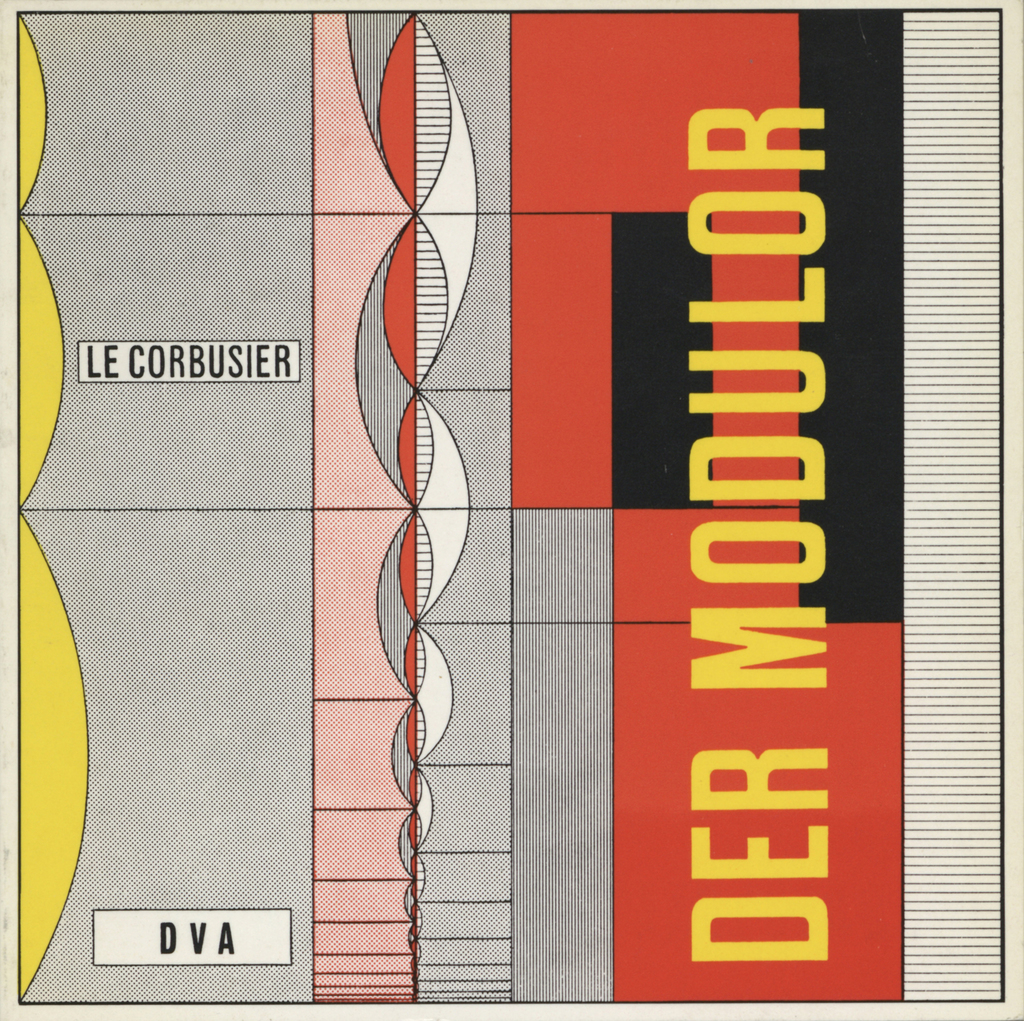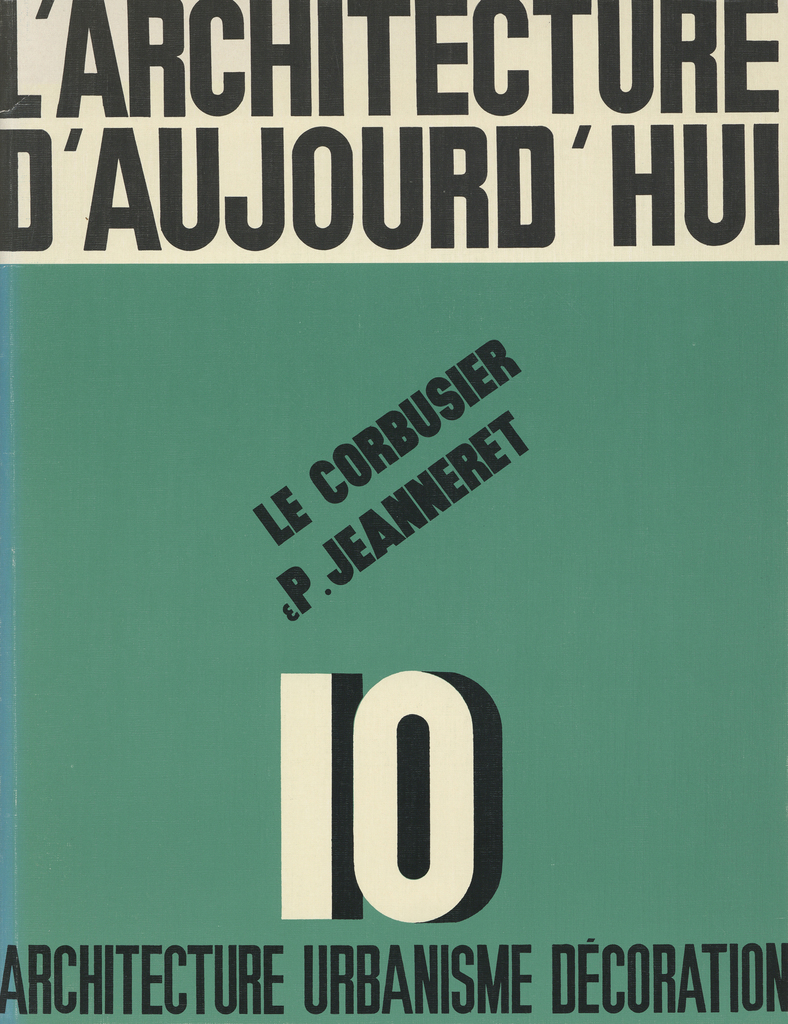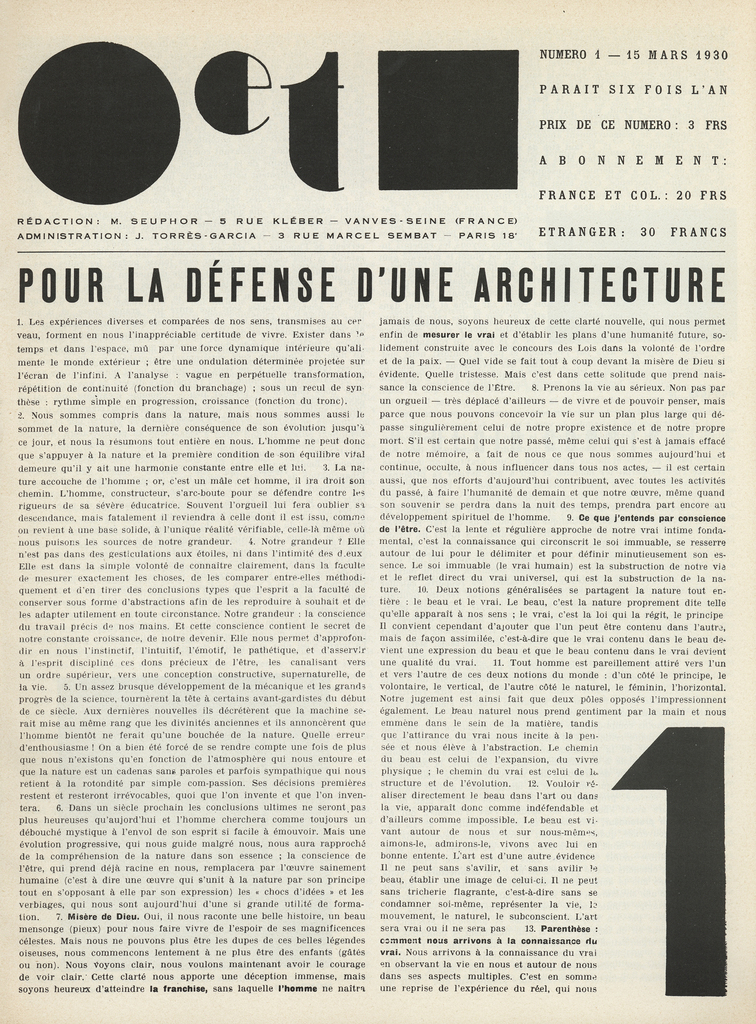Le Corbusier (Charles-Édouard Jeanneret)
Switzerland (1887—1965)Born to a family of watchmakers and engravers, Charles-Édouard Jeanneret studied decorative arts but soon abandoned them to become a painter. His teacher and mentor L’Eplattenier insisted he would study also architecture: at the age of 20 Le Corbusier had already designed his first house. From Switzerland he travelled to Italy, Germany, Austria and France and started to define his style and vision for architecture. In 1917 he moved to Paris and began to collaborate with Ozenfant: together they wrote a manifesto against Cubism and founded the Purism movement, also represented in L’Esprit Nouveau, the critical review where he first adopted Le Corbusier pseudonym. In 1923 he published his architectural vision in Vers une Architecture (Towards a new architecture). During 1920s he designed The Contemporary City, expressed by Maison Monol and Maison Citrohan, but the project raised criticism from authorities and was abandoned. During the ‘30s he created a new masterplan for The Radiant City – the same vision was developed on projects for masterplans of Algiers and Buenos Aires. He died in 1965, some say committing suicide.





